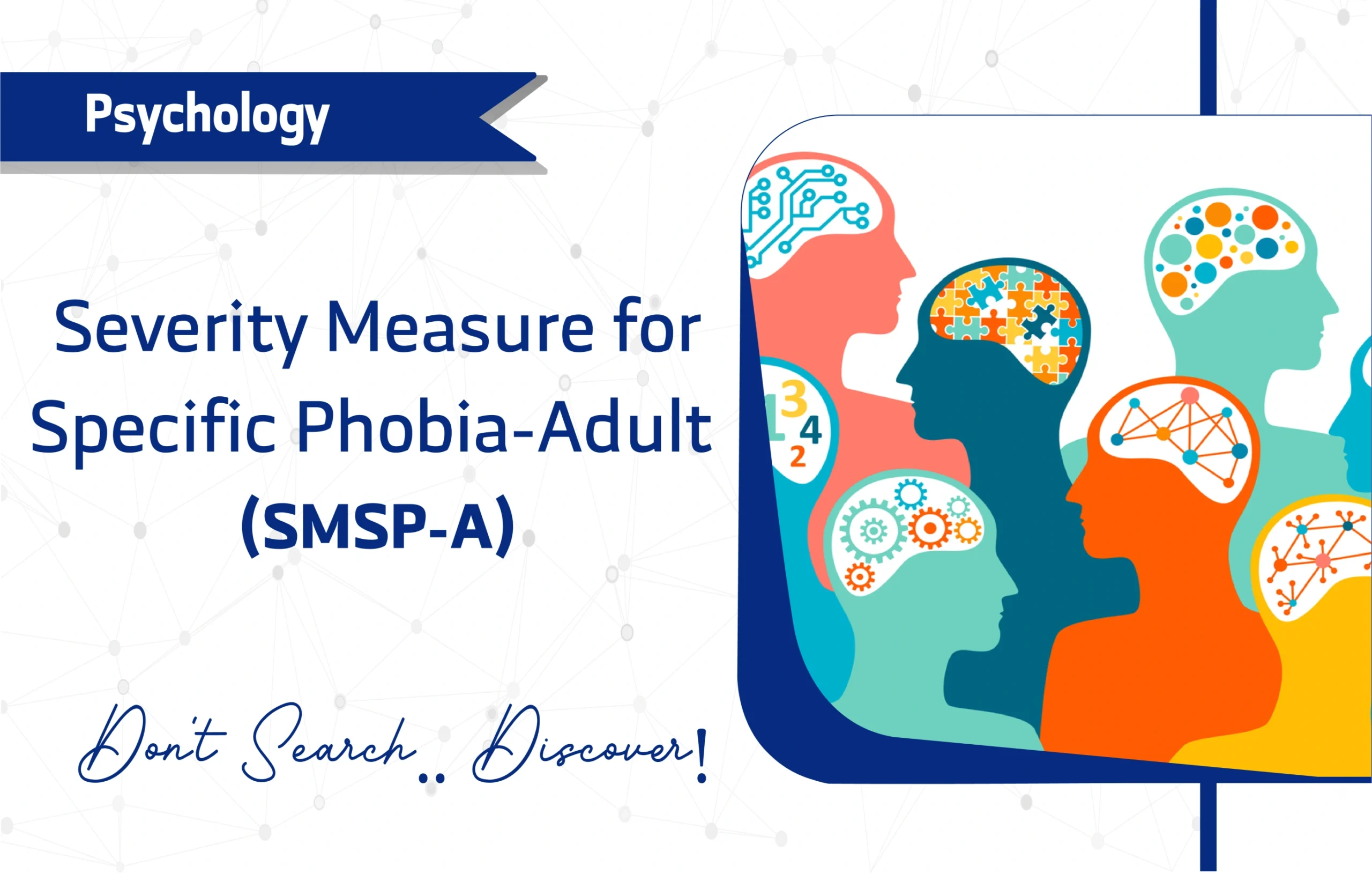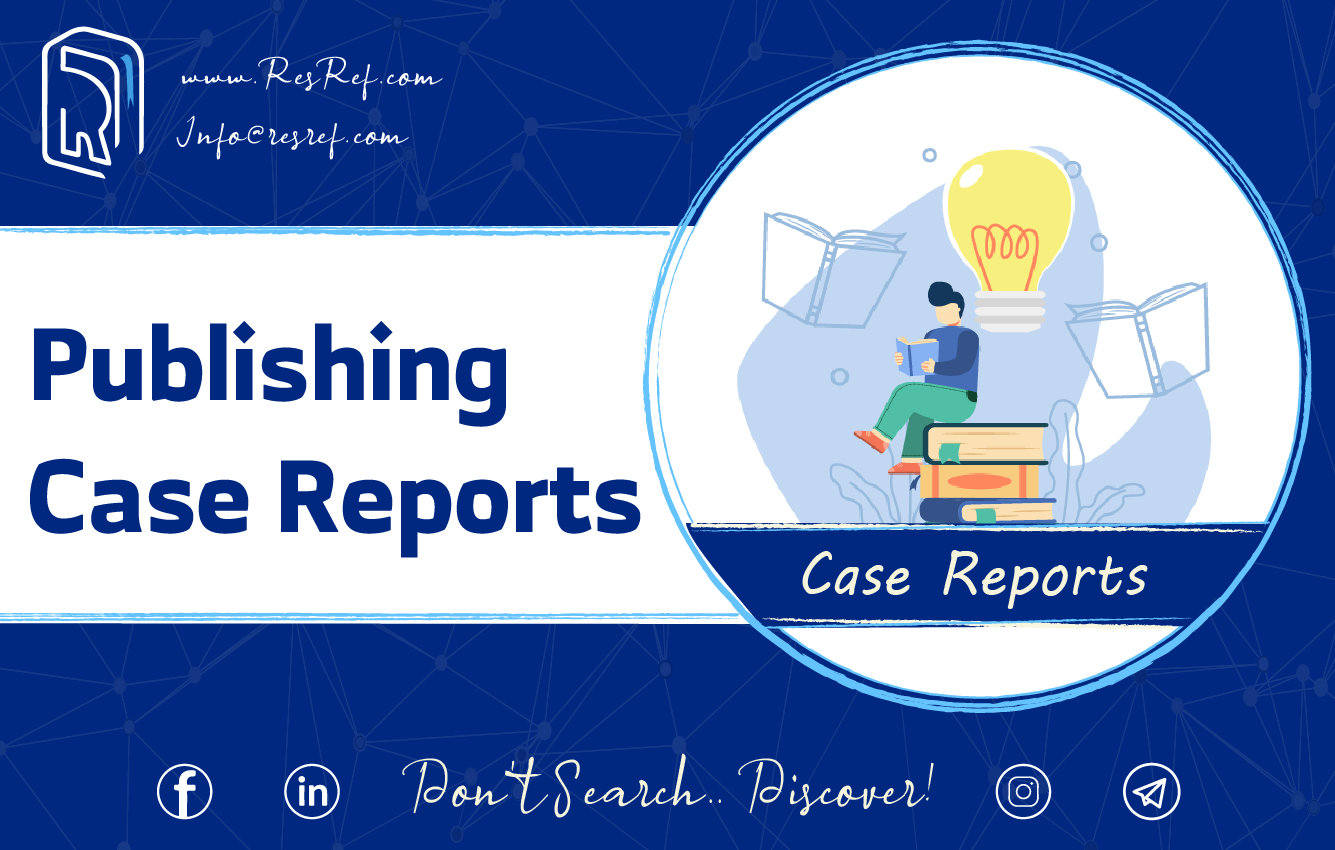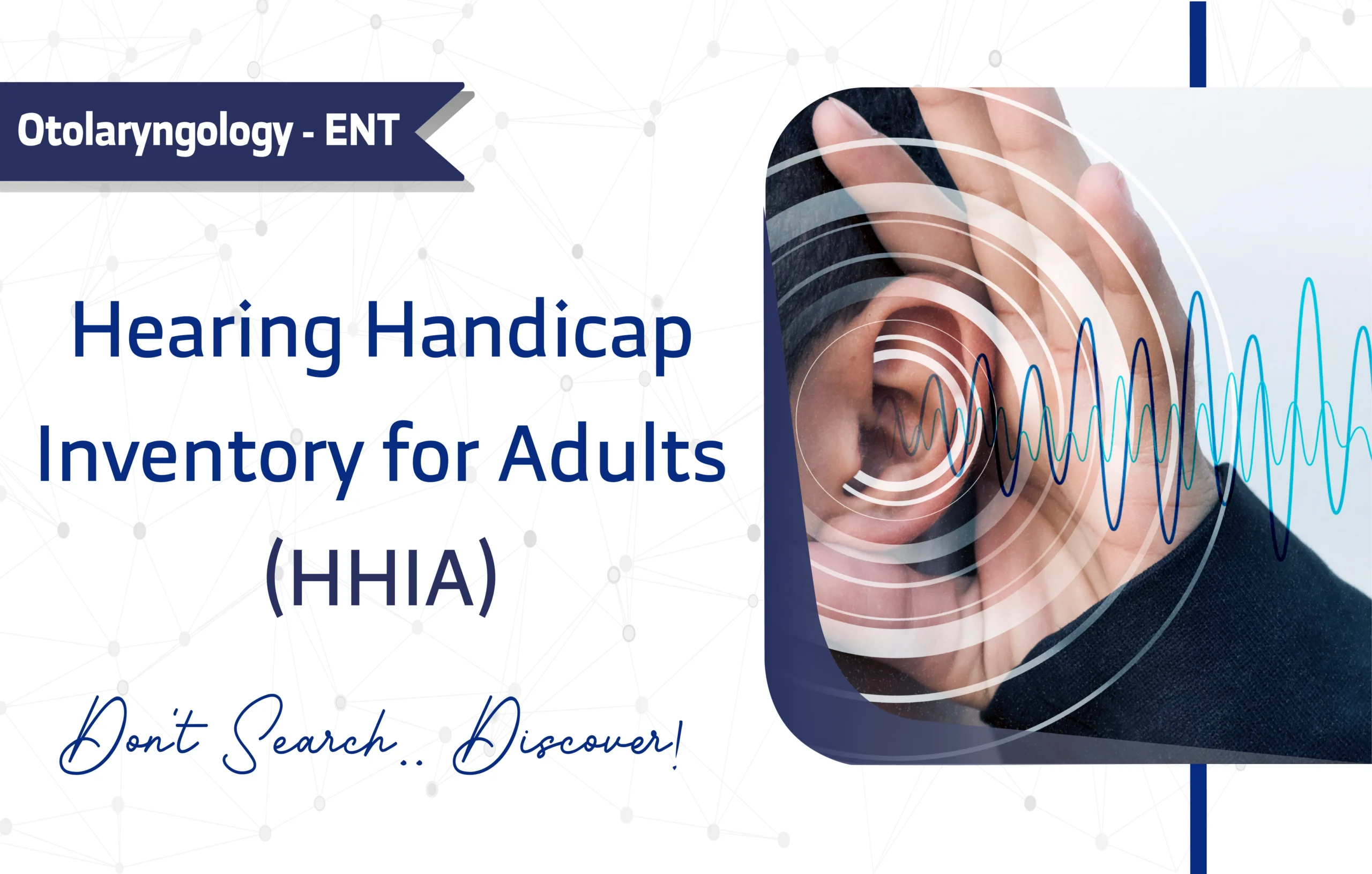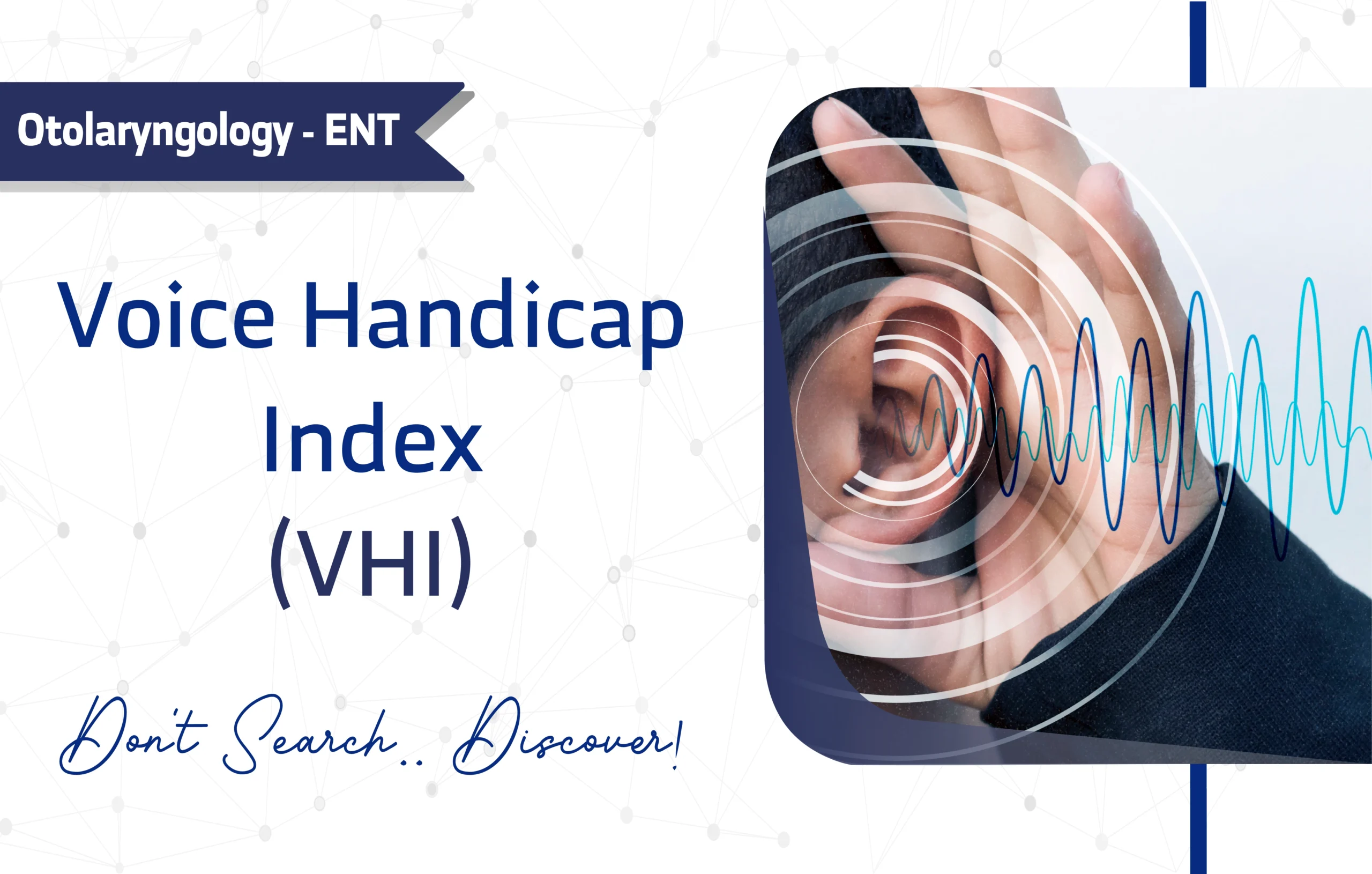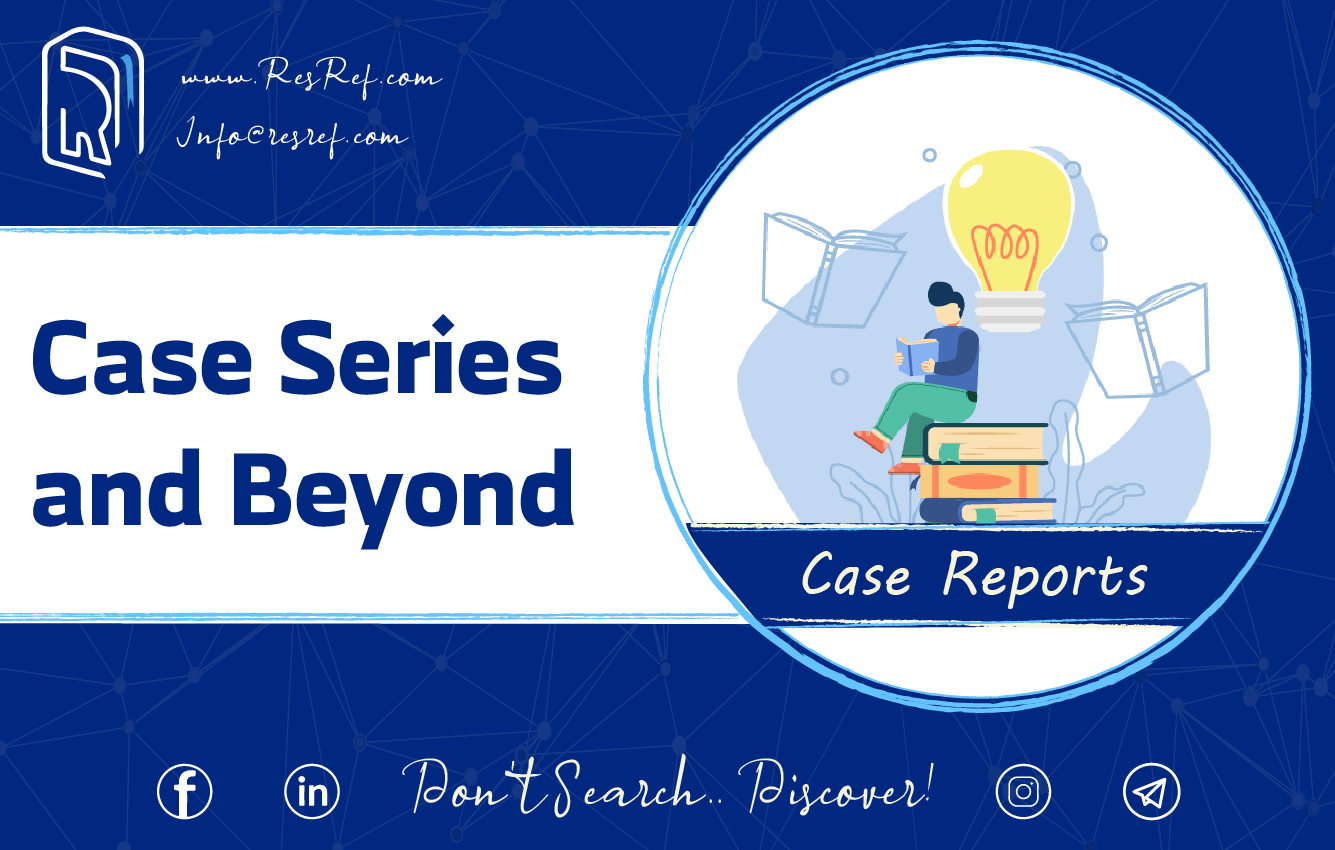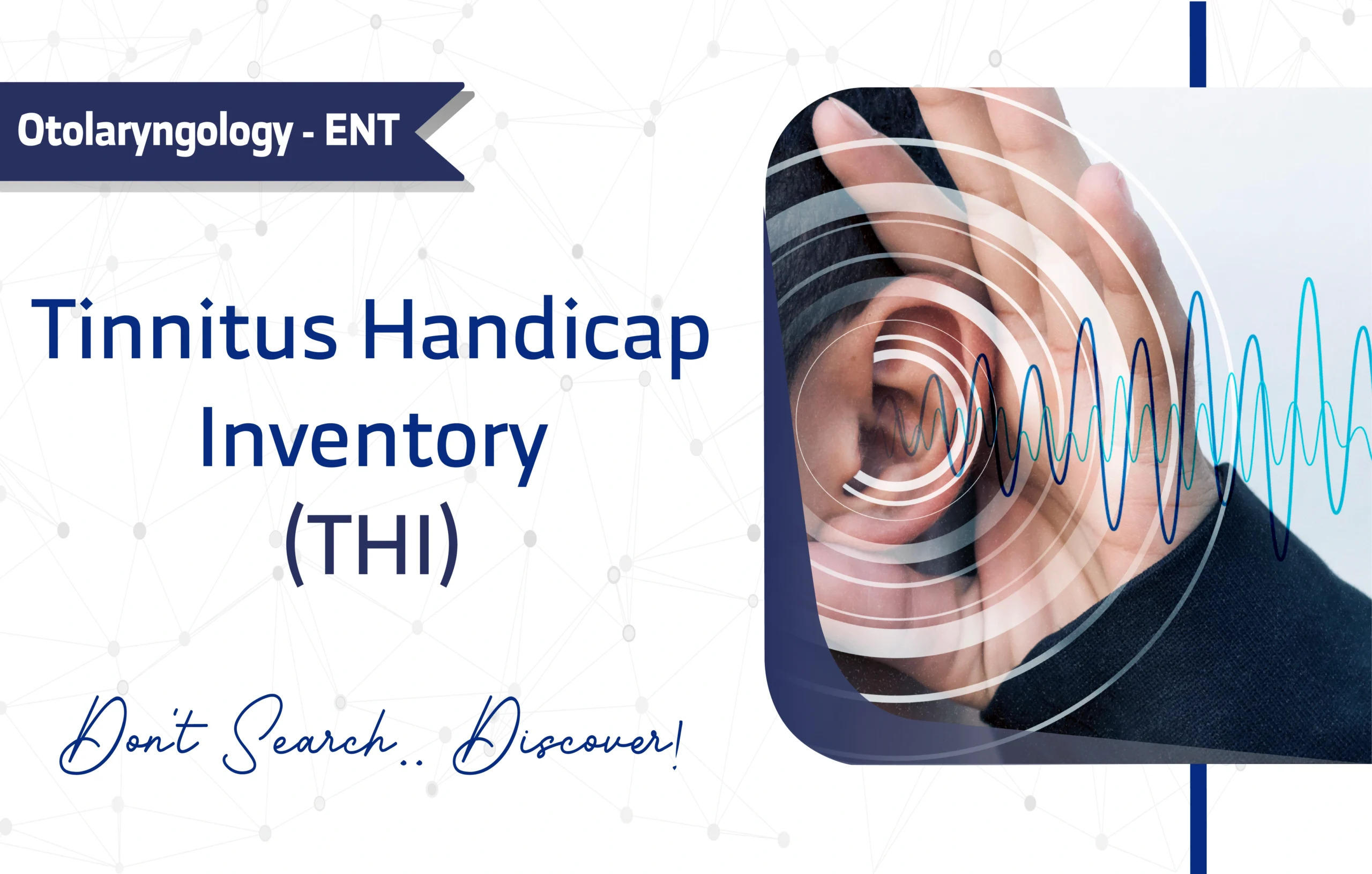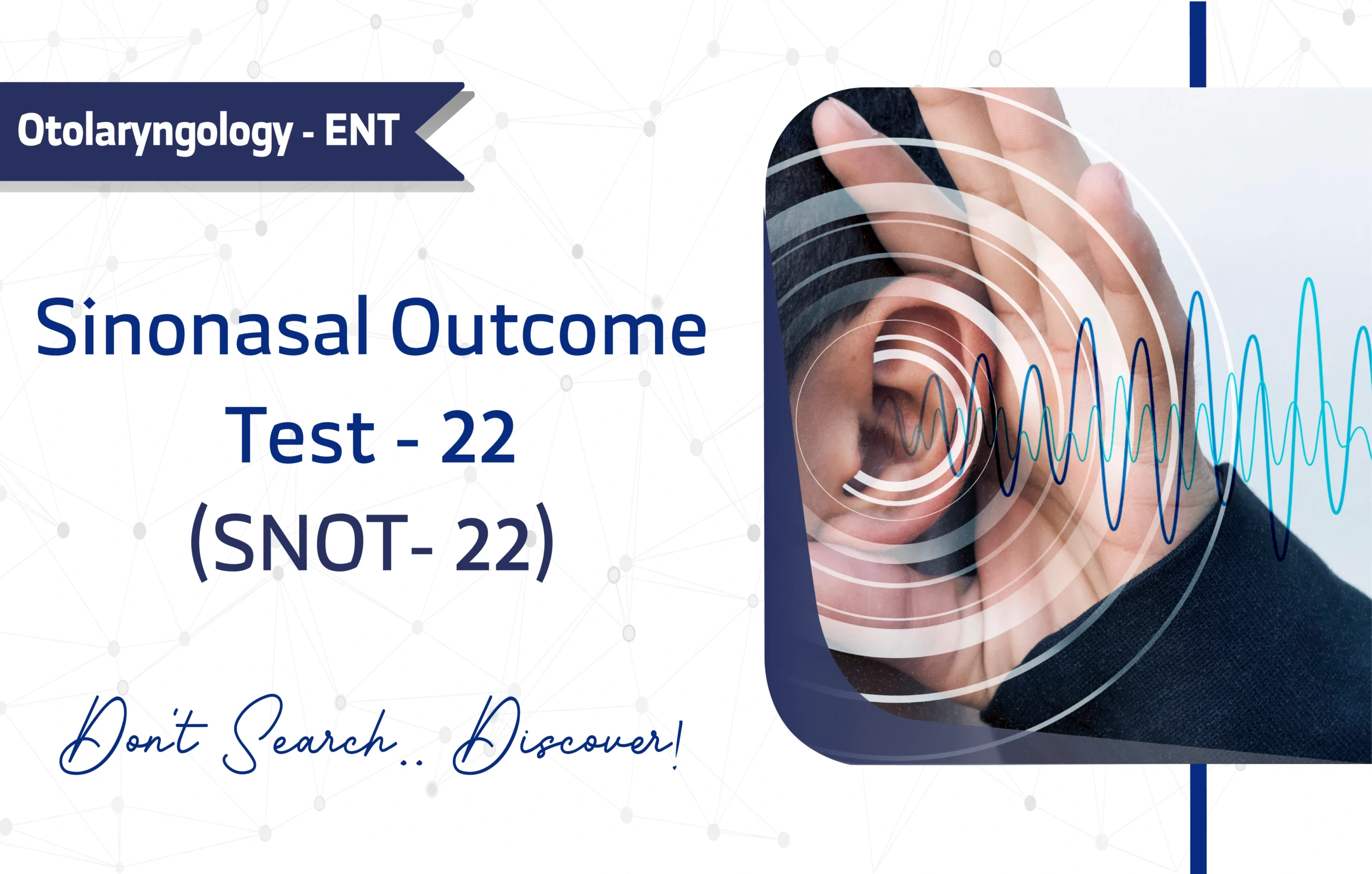Introduction
Specific phobias, such as fear of heights, needles, or enclosed spaces, significantly impact mental health and daily functioning. Consequently, the Severity Measure for Specific Phobia-Adult (SMSP-A), developed by Richard T. LeBeau and colleagues, emerges as a critical tool for assessing phobia severity. This 10-item questionnaire, published by the American Psychiatric Association (APA), boasts over 300 citations on Google Scholar and offers a concise, evidence-based approach for clinicians and researchers.
Therefore, this article provides a comprehensive guide to the SMSP-A, highlighting its purpose, structure, applications, and clinical value for improving mental health outcomes.
Key Features of the Severity Measure for Specific Phobia-Adult (SMSP-A)
Purpose and Use
The SMSP-A aims to assess the severity and impact of specific phobias in adults, enabling precise identification of fear intensity and avoidance behaviors. Unlike general anxiety tools, its targeted design focuses on phobia-specific symptoms, making it highly relevant for mental health professionals. Specifically, it supports clinicians in tailoring interventions and researchers in studying phobia-related outcomes, ensuring accurate assessment in clinical and research settings.
Target Population
The SMSP-A targets adults aged 18 and older including:
- Young adults (18-24 years)
- Middle-aged adults (25-44 years)
- Older adults (45-64 years)
- Seniors (65+ years)
Its broad applicability makes it ideal for diverse clinical and research settings. However, it is not validated for children under 13.
Structure
The SMSP-A comprises 10 items, each assessing the frequency and intensity of phobia-related symptoms over the past week. The items cover key aspects of specific phobias, including:
- Fear Intensity: Evaluates how strong the fear is when confronting the phobic stimulus (e.g., heights, animals).
- Cognitive Reactions: Assesses catastrophic thoughts or worries about the feared situation.
- Physical Symptoms: Measures panic-like responses, such as sweating, dizziness, or rapid heartbeat.
- Avoidance Behaviors: Gauges the extent of efforts to avoid the feared object or situation.
- Coping Strategies: Examines the use of safety behaviors, such as relying on others, medication, or excessive preparation.
Each item is rated on a 5-point Likert scale (0 = Never, 4 = All of the time), producing a total score ranging from 0 to 40. Higher scores indicate greater phobia severity.
Scoring Method
The SMSP-A employs a 5-point Likert scale (0 = Never, 4 = All of the time), generating a total score between 0 and 40. The scoring process involves:
- Raw Total Score: Sum the scores across all 10 items (range: 0–40).
- Average Total Score: Divide the raw total by 10 (range: 0–4), with interpretations:
- 0 = None
- 1 = Mild
- 2 = Moderate
- 3 = Severe
- 4 = Extreme
- Handling Missing Responses: If 1–2 items are missing, use prorated scoring: (Sum of answered items × 10) ÷ Number of answered items, rounded to the nearest whole number. If 3 or more items are missing, the total score is not computed.
- Cut-off Scores:
- 0 – No Symptoms: You do not experience significant fear or avoidance of a specific situation.
- 1–10 – Mild Phobia: Occasional fear or avoidance, but it does not significantly interfere with life.
- 11–20 – Moderate Phobia: Noticeable anxiety and avoidance that affects daily activities.
- 21–30 – Severe Phobia: Frequent distress and avoidance; symptoms may significantly impact your routine.
- 31–40 – Extreme Phobia: Persistent and debilitating fear, possibly leading to complete avoidance.
Higher scores indicate greater phobia severity, guiding clinicians in identifying intervention needs.
Administration Format
The SMSP-A offers flexible administration options, including:
- Paper-based forms
- Digital (online) platforms
- Mobile apps
- In-person interviews
- Phone or video calls
It takes less than 5 minutes to complete, making it ideal for time-sensitive clinical settings.
As a self-report questionnaire, patients complete it independently, guided by clear instructions that ensure ease of use, though clinicians should understand phobia diagnostics to interpret results effectively.
Applications of Severity Measure for Specific Phobia-Adult (SMSP-A)
The SMSP-A offers versatile applications in mental health:
- Screening: Identifies adults with significant phobia severity requiring intervention.
- Monitoring: Tracks changes in phobia symptoms over time or during therapy.
- Treatment Planning: Guides clinicians in tailoring interventions based on symptom intensity.
- Research: Supports studies on specific phobia outcomes and treatment efficacy.
For instance, a high score may prompt cognitive-behavioral therapy targeting specific fears, while researchers can analyze trends to inform phobia treatment protocols.
Language and availability
To enhance accessibility, the SMSP-A is available in:
- English
- Turkish
- Italian
- Indonesian
However, its availability in only four languages may restrict its use in diverse populations.
The SMSP-A is free for research or clinical practice with no prior permission required, but for other use it requires written permission from American Psychiatric Association (APA).
Reliability and Validity
The SMSP-A demonstrates high reliability and validity, with a Cronbach’s alpha above 0.90, indicating excellent internal consistency. Furthermore, validation studies confirm its sensitivity to phobia-specific symptoms, making it a reliable tool for both clinical practice and research.
- Original validation study study link
- Indonesian validation study link
- Turkish validation study link
Limitations and Considerations
Despite its strengths, the SMSP-A has a few limitations:
- Self-Report: Responses may be influenced by social desirability bias or personal interpretation.
- Language Barriers: Available in only four languages, limiting its use in diverse populations.
- Narrow Focus: Focuses solely on specific phobias, not other anxiety disorders or comorbid conditions.
- Cultural Bias: May not fully account for cultural differences in phobia expression or interpretation.
Other Versions And Related Questionnaires
The SMSP-A complements other tools, including:
- Medical Fears Survey (MFS): Assesses fears related to medical procedures.
- Dental Fear Scale (DFS): Evaluates dental-related anxiety.
- Acrophobia Questionnaire (AQ): Focuses on fear of heights.
- Emetophobia Questionnaire (EmetQ-13): Targets fear of vomiting.
- Fear Questionnaire: Measures general phobia severity.
Additionally, the Severity Measure for Specific Phobia–Child Age 11–17 is a related version for younger populations.
Additional Resources
- Original Validation Study study link
- Download the SMSP-A questionnaire as a PDF.
- For inquiries, contact the APA
Frequently Asked Questions (FAQ)
- Who can use the SMSP-A?
Clinicians, researchers, and healthcare providers use the SMSP-A for adults aged 18 and older with specific phobias. - How long does it take to complete the SMSP-A?
Patients typically complete it in less than 5 minutes, ideal for busy clinical settings. - How is the SMSP-A administered?
It can be administered via paper, digital, mobile app, or interview formats, offering flexibility. - Is there any cost to using the SMSP-A?
The SMSP-A is free for research and clinical use, but other uses require written permission from the APA.
A Word from ResRef about Severity Measure for Specific Phobia-Adult (SMSP-A)
The Severity Measure for Specific Phobia-Adult (SMSP-A) stands as an evidence-based, easy-to-administer tool backed by strong reliability. Its utility spans clinical screening, treatment monitoring, and research. Proper use requires no special training, making it a versatile addition to any anxiety assessment battery.
References
- LeBeau, R. T., Glenn, D. E., Hanover, L. N., Beesdo-Baum, K., Wittchen, H.-U., & Craske, M. G. (2012). A dimensional approach to measuring anxiety for DSM-5. International Journal of Methods in Psychiatric Research, 21(4), 258–272. link
- V. S. Kaloeti, D., W. Yuniarti, K., G. P. Siswandi, A., M. R. Tuapattinaja, J. (2022). Adaptation and psychometric properties of Severity Measure for Specific Phobia-Adult in an Indonesian sample. Health Psychology Report, 10(4), 319-326. link
- Signem Oztekin, Orkun Aydin, Omer Aydemir, DSM-5Olcek Calisma Grubu. Reliability and validity of Turkish Form of DSM-5 Severity Measure for Specific Phobia. Alpha Psychiatry 2017, 18(Supplement 2), 31–37. link


